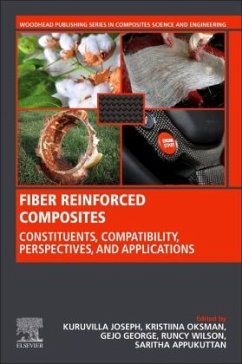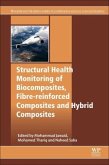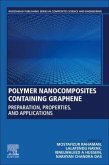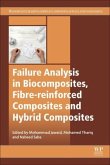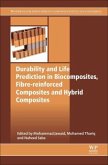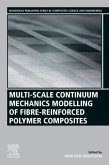Polymer-based fibre-reinforced composites FRC's have now come out as a major class of structural materials being used or regarded as substituent's for metals in several critical components in space, automotive and other industries (marine, and sports goods) owing to their low density, strength-weight ratio, and fatigue strength. FRC's have several commercial as well as industrial applications ranging from aircraft, space, automotive, sporting goods, marine, and infrastructure. The above-mentioned applications of FRC's clearly reveal that FRC's have the potential to be used in a broad range of different engineering fields with the added advantages of low density, and resistance to corrosion compared to conventional metallic and ceramic composites. However, for scientists/researchers/R&D's to fabricate FRC's with such potential there should be careful and precise design followed by suitable process development based on properties like mechanical, physical, and thermal that are unique to each application. Hence the last few decades have witnessed considerable research on fibre reinforced composites.
Fibre Reinforced Composites: Constituents, Compatibility, Perspectives and Applications presents a widespread all-inclusive review on fibre-reinforced composites ranging from the different types of processing techniques to chemical modification of the fibre surface to enhance the interfacial adhesion between the matrix and fibre and the structure-property relationship. It illustrates how high value composites can be produced by efficient and sustainable processing methods by selecting different constituents [fibres and resins]. Researchers in academia working in composites and accompanying areas [materials characterisation] and industrial manufacturers who need information on composite constituents and how they relate to each other for a certain application will find the book extremely useful when they need to make decisions about materials selection for their products.
Fibre Reinforced Composites: Constituents, Compatibility, Perspectives and Applications presents a widespread all-inclusive review on fibre-reinforced composites ranging from the different types of processing techniques to chemical modification of the fibre surface to enhance the interfacial adhesion between the matrix and fibre and the structure-property relationship. It illustrates how high value composites can be produced by efficient and sustainable processing methods by selecting different constituents [fibres and resins]. Researchers in academia working in composites and accompanying areas [materials characterisation] and industrial manufacturers who need information on composite constituents and how they relate to each other for a certain application will find the book extremely useful when they need to make decisions about materials selection for their products.
